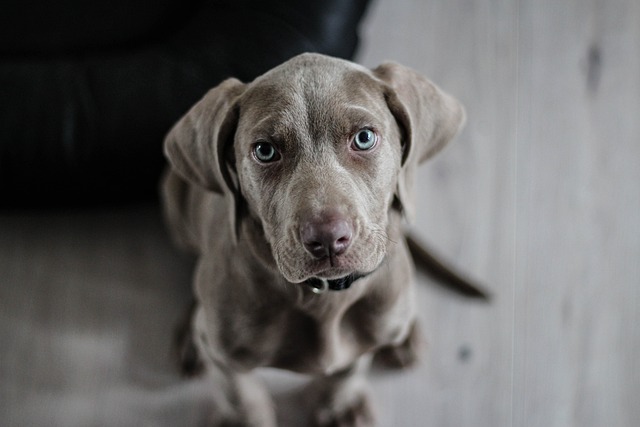
What's wrong with dogs always licking their paws
Watching their furry child constantly licking their paws, with that focused and persistent look, is both heartbreaking and confusing.
You push open the door to find shredded pillow stuffing, chewed-through cables, or claw-marked door frames scattered across the floor—and in an instant, anger and frustration flood your heart. But behind these destroyed items often lies the troubled mind of a dog experiencing profound anxiety. Destructive behavior is never a dog's revenge; it's their instinctive, even desperate, way of coping with stress. Only by understanding the psychology behind these actions can we truly help them emerge from the shadow of anxiety.
A dog's destructive behavior under anxiety shares striking parallels with human stress responses. Imagine biting your nails, pacing, or stress-eating when overwhelmed. For dogs, chewing, scratching, and destroying objects serve as their coping mechanisms. Physiologically, this stems from surging stress hormones—elevated cortisol triggers a fight-or-flight response. Trapped indoors with no escape route, chewing becomes their outlet for pent-up tension.
Separation anxiety is a primary trigger. To dogs, their owners are their world. When that world vanishes, genuine panic sets in. Those gnawed door frames? Often attempts to "dig a path" to their missing person. Scattered clothes and shoes? Comfort objects carrying their owner's scent. Research shows dogs with separation anxiety peak in distress within 15–30 minutes of being alone, when destruction tends to be most severe.
Beyond separation, environmental stressors—thunderstorms, household changes, even rearranged furniture—can spark destruction. Some dogs react intensely to specific triggers like passing pedestrians or other animals' sounds. These cases often involve accompanying symptoms: excessive panting, drooling, pacing, or unusual barking. Note that teething puppies may display similar behaviors, but this stems from physical need rather than emotional distress—a critical distinction.

Evolutionarily, destruction holds deeper meaning. Canine ancestors relied on chewing to obtain food and build shelters. Modern dogs retain these instincts, which resurface under stress as self-soothing tools. Chewing does offer biochemical relief—studies show it stimulates endorphin release, creating mild euphoria.
Recognizing these causes reveals why punishing an anxious dog is both unjust and ineffective. Harsh scolding or physical discipline only deepens their distress, potentially worsening behavioral issues. The solution requires a dual approach: addressing anxiety's root while redirecting behavior. Gradual desensitization (e.g., starting with brief absences) helps them adapt to stressors. Specially designed anxiety-relief toys (like food-stuffed rubber puzzles) channel energy constructively. Severe cases may need professional intervention, possibly including pheromone diffusers or short-term medication.
When facing destroyed belongings, remember: these aren't acts of a "bad dog" but silent cries for help from a family member who can't speak. Their destruction isn't at you—it's because they care so deeply. Patience, empathy, and science-backed guidance can help our furry friends reclaim inner peace. After all, adopting a dog isn't just about enjoying their乖巧 moments; it's about being their safe harbor when they're lost in the storm.

Watching their furry child constantly licking their paws, with that focused and persistent look, is both heartbreaking and confusing.

When you habitually pet your dog and suddenly notice that its once smooth coat has become rough and prickly, the change in texture will immediately alert you.

When we hold the soft and cute puppies in our hands, their furry little bodies and smart eyes instantly melt our hearts. From that moment on, we shoulder the responsibility of taking care of this little life,

You push open the door to find shredded pillow stuffing, chewed-through cables, or claw-marked door frames scattered across the floor—and in an instant,

When you realize that only your absence triggers your otherwise well-behaved companion into anxious behaviors—scratching at the door, barking incessantly,

When we hold the sweet and juicy soft-seeded pomegranates and look at the round, expectant eyes of the dogs around us, we always feel entangled: Can such delicious fruit be shared with our beloved fur children?